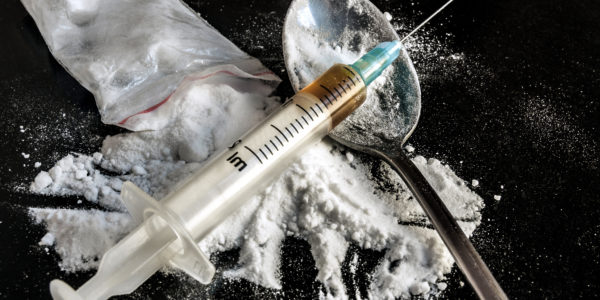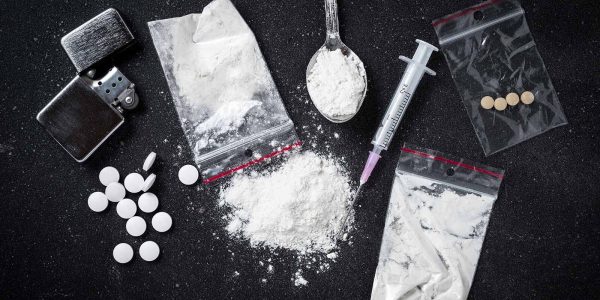LISTEN TO THIS ARTICLE:
The Danger of Isolation
Humans crave connection to each other. Working together in social groups has been a major key to our growth as a species. When we are alone, we are at our most vulnerable. Severe isolation causes chronic stress and leads to poor mental and physical health. We all felt this during the COVID lockdowns, but isolation hit people with substance use disorders and those in sobriety especially hard.
While it’s not accurate to say that isolation causes substance use disorders, social isolation plays a major role. The effects of drugs can offer some people a temporary relief from negative emotions. When they aren’t using drugs, that pain floods in, and people use again.
Just as loneliness can drive the desire to use drugs, drug use can also make people more lonely. Substance use disorders drastically change people’s priorities and isolate people from family and friends. People spend all their time and energy getting and using drugs and ultimately find themselves totally alone as this drive consumes them.
Community is the foundation of recovery
While study after study is now giving credence to the benefits of social bonds, the addiction recovery community has actually known this for decades. Published in 1939, the first of the Twelve Traditions of Alcoholics Anonymous (AA) reads:
“Our common welfare should come first; personal recovery depends upon A.A. unity.”
From the very beginning, it has been intuitive that the foundation of sobriety is a strong connection to the community. In the decades following the creation and growth of 12-step-based and other types of recovery programs, in-person meetings have served as the backbone. Church basements, community centers, and other public spaces around the world have seem millions of people come together to share their stories and support each other in recovery.
But in March of 2020, thousands of daily meetings suddenly stopped when the recovery community faced one of it’s biggest challenges yet: lockdowns.

The hidden dangers of COVID lockdowns for sobriety
Lockdowns at the beginning of the pandemic were meant to protect people from a deadly virus. However, they endangered those struggling with Substance Use Disorders by cutting off access to their support networks. At the time, roughly 22 million people in the U.S. were in recovery. These people needed connection to others the most, and they were forced into isolation.
People who were already in detox programs or rehab were stuck in there, while those who needed to get in could not. Clinics that provided methadone or Suboxone (drugs that help people get off opiates) shut down temporarily or at least became much harder to access. Halfway houses were closed to new residents.
“During the lockdown, I graduated from rehab… and I relapsed. My life went into the toilet again. I went straight back to [living in a] tent and drinking.” – Travis B.
Rising overdoses
With borders closed and movement restricted, people trended towards whatever drugs were available, even if it wasn’t their usual, raising the stakes even higher. Additionally, people were more likely to use drugs alone, without someone else to help in the event of an overdose. All of this followed on the heels of years of a nation-wide opiate use epidemic, but any talk of that was drowned out by COVID.
Without access to these supportive resources, people fell out of recovery and went back to using drugs. Want proof? In March 2020, overdoses were 18% higher than in the same month a year prior. April saw them grow by 29%. In May 2020, they rose even more, by 42%. In the first year of the pandemic, overdose deaths in the U.S. topped 100,000 for the first time ever. These are the silent casualties of the COVID pandemic.
Connection problems
People flocked to Zoom meetings at the beginning of the pandemic, and sobriety groups were no exception. Immediately, there were stumbling blocks.
“Zoom bombing” presented the first issue. Trolls stuck at home, just as bored as the rest of us, decided to entertain themselves by intruding into open meetings and harassing participants. This happened in business board meetings, remote school classrooms, and sobriety groups. This violated the privacy and anonymity that members expect from these spaces and made people reluctant to log into meetings. Organizers began protecting meetings with passwords, but that just added another stumbling block.
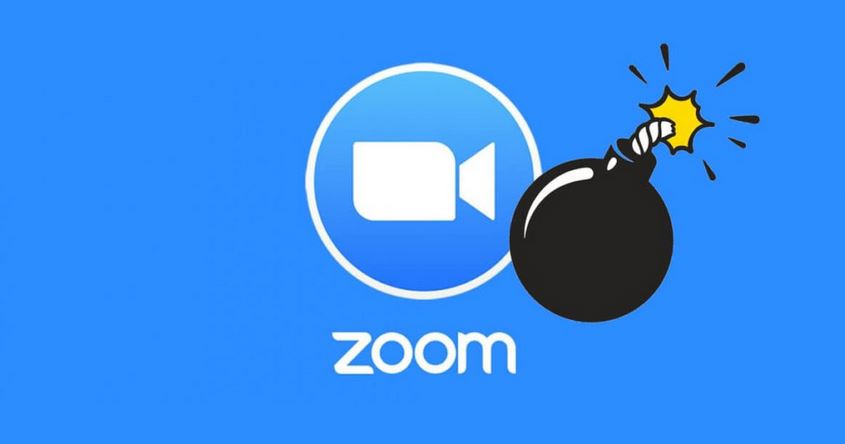
Technological issues like this highlight another major problem with Zoom meetings: computer and internet access. People who were homeless or couldn’t afford a computer connected to the web were left out in the rain. Even if they had access to a computer through a library (which were all closed due to COVID), public spaces like that aren’t a great place to bear your feelings in a sobriety meeting. (We’ve covered this phenomenon before in our article, “Virtual Therapy: Should You or Not?”) By requiring internet access for meetings, the people who were least fortunate suffered the most.
“You could only get to your specific meeting if they did Zoom and if you could log onto Zoom, if you had a computer or a smart phone. It was totally difficult. Almost impossible.” – Travis B.
Digital deficits
By now, most of us have experienced the new obstacles that remote meetings present. No more handshakes or hugs. Mutual eye-contact isn’t quite the same. The flow of conversations can feel unnatural. While these are annoying, they don’t kill your average business meeting. But when people need to open up emotionally and make deep interpersonal connections, these minor annoyances become major barriers.
The community aspect of recovery focuses not just on support but also on accountability, to each other and to oneself. With remote meetings, it’s a lot easier to go but not really be present. People might check their email, scroll on their phones, or even drink or use drugs in secret during the meeting. When people don’t fully participate, the meetings aren’t as effective.
Just not the same…
While we’re discussing “participating,” let’s explore a bit more of what that means for a recovery meeting. For many in recovery, meetings are more than just the part where everyone sits and shares. They start outside, where sponsors and sponsees catch up on what’s happened since they last talked. After coffee is finished and chairs are put away, conversations that began in the group continue one-on-one. Replacing these dynamics with a single, large Zoom meeting just doesn’t work the same. People miss the chance to make these more intimate connections that are so critical to recovery.
The digital world also cuts out opportunities for attendees to be of service to each other. Service means helping to spread the message of recovery to others, and this includes helping with meeting logistics. Making coffee, bringing food, and setting up and breaking down chairs: none of this happens in a virtual meeting. It’s just another way Zoom separates people from the usual parts of recovery meetings.
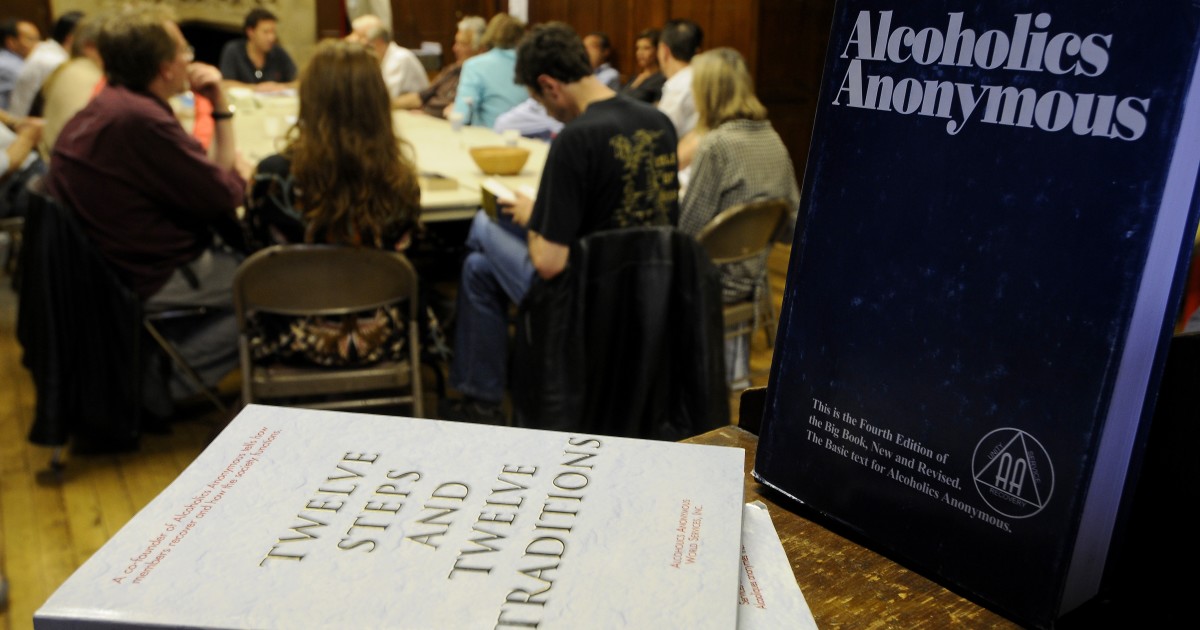
…But better than nothing
Despite the drawbacks, the sobriety community had no other options during COVID lockdowns. In fact, this new adversity actually had some up sides. Though it presented new digital barriers, it removed some physical ones. It made meetings more accessible to people without transportation. It enabled people to visit meetings far out of their area, especially ones that fit their needs better than those available close by. This also helped people who would normally be reluctant to go to local meetings because of privacy concerns. Even technological difficulties give computer-savvy people an opportunity to be of service by helping those who encounter problems.
Sobriety is bouncing back from COVID lockdowns
COVID is still very much present, but two years into the pandemic, we are finally beginning to live with it. The sobriety community has adapted to COVID. In-person meetings have been back for a while, but the changes that isolation forced have not entirely gone away. In fact, hybrid meetings – which you can attend virtually or in person – are common now.
Combining traditional meetings with pandemic adaptations has a lot of benefits, actually. More flexibility and more options just make it easier for people to find a group that meets their needs and fits their schedule. It’s the best of both worlds.
Despite this, the sobriety community is still worse off than it was before the pandemic. In early 2020, overdose numbers were finally beginning to improve after decades of the opiate epidemic. Meeting attendance is still down significantly. It’s harder to stay positive about sobriety while seeing so many others struggle.
“Not nearly as many people are at meetings. Maybe a third as there used to be.” – Travis B.
If you have a Substance Use Disorder, this is not a reflection on your recovery. That is yours and yours alone. The best thing to do in the darkest of times is to focus on yourself and remember the adage: One day at a time.


 Learn
Learn Read Stories
Read Stories Get News
Get News Find Help
Find Help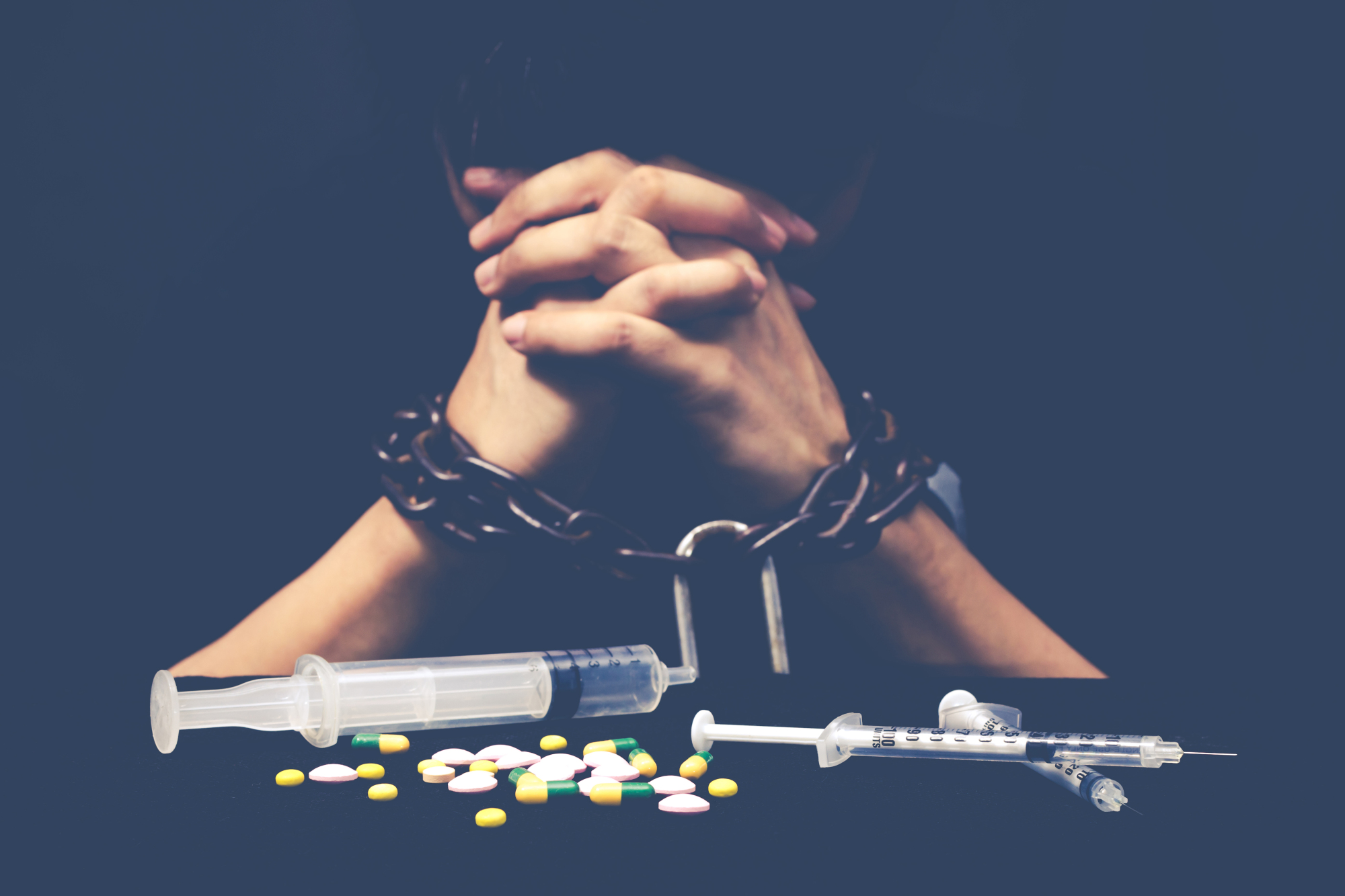
 Share
Share
 Share
Share
 Share
Share
 Share
Share


